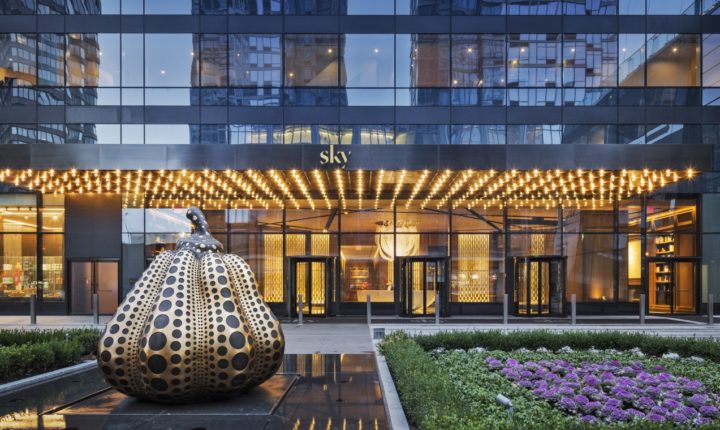Just the PeaksThis newsletter at a glance
|
CRE financing involves countless features and facets
Read on for the rundown on recourse and nonrecourse loans
Whether you’re looking to kick-start an investment or refinance an existing one, securing a commercial real estate loan is a strategy unto itself. Not only do you have to find the right lender, curating the ideal set of terms is also crucial to your long-term profitability. When it comes to the kinds of structuring available, recourse and nonrecourse loans allow you to borrow under unique terms—and different levels of risk.
What’s the big difference?
In many ways, they’re similar. To start, commercial loans tend to involve big sums of money. So it goes without saying that some sort of collateral is required to procure the loan in the first place. Whether you’re investing in a multifamily, mixed-use space, business facility or some other property, consider default the ‘universal’ kiss of death.
If you fall behind on payments, or worse, the property goes into foreclosure, your investment is likely to fail. Now—this is where the concept of recourse comes into play.
Under the terms of a nonrecourse loan, lenders may only recover the money from the sale of the property (the ‘collateral’). So, say the real estate fetches $5,000,000 in foreclosure, but the original amount borrowed was $10,000,000; and over the life of the loan, your principal payments totaled $2,000,000 prior to default. In this scenario, the bank essentially loses $3,000,000, while the investor’s personal assets remain protected.
However, if you face the same exact scenario under the terms of a recourse loan, prepare to pay. This financing structure benefits the lender in case of default. Upon foreclosure sale, if the recouped money comes up short, the bank can collect on the difference by going after the borrower’s other assets. Using the above example, the commercial lender is entitled to an additional $3,000,000 in liability.
Lend us your ear
As you can see, a nonrecourse commercial loan appears to be the more desirable option. But in reality, there are other complex factors affecting your financing decision, including flexibility of payments (term in the sense of ‘time’) and loan features (term in the sense of ‘conditions’).
Before diving into the finer details, here’s a look at the current state of small business and commercial borrowing in the United States:
Business financing facts
- Each year, people borrow $600 billion to fund their small businesses
- The average business loan amount was $663,000 in the year 2017
- 59% of people said they sought financing to grow their business
- On the other hand, 40% needed money to make up for cash flow
- Of all commercial loans lent, 65% of people bought property
- 5%-7% is the average interest rate of commercial loans in 2019
- For multifamilies and offices, loan-to-value ratio was 75-to-80
- 54% of commercial deals were done through local/regional banks
**Stats compiled by Finder.com and National Association of Realtors, 2019
More on recourse
As always, work closely with your financial advisor to determine which kind of loan is right for your business strategy. While nonrecourse financing lifts the burden of personal liability, there are other distinctions to consider when making your decision:
- The kind of loan offered to you depends on where the lender sources the funds. Most commercial banks draw from depositors, limiting their underwriting options to mostly recourse loans. In fact, this type makes up around 50% of all CRE loans extended.
- Commercial mortgage-backed securities lenders (CMBS) package and sell loans to investors in the form of bonds. These banks offer nonrecourse loans, which constitute around 29% of all CRE financing. Investors can also secure a nonrecourse loan through a government-sponsored entity like Fannie Mae or Freddie Mac.
- In the case of recourse loans, flexibility is a huge plus. Since this kind of loan demands a very close relationship with the bank, lenders often personalize terms to meet your unique business needs. The same cannot be said for nonrecourse loans, whose structures tend to be fixed (although in some cases, floating rates may be offered).
- When managing a property under a nonrecourse loan, prepare to take a back seat. Since their money is on the line, banks impose a number of restrictions on when and how improvements are made, as well as when money is diverted to accounts expressly devoted to maintenance. Remember: the tradeoff is limited liability.
**For further details, check out this handy breakdown from Wells Fargo
What’s your financing fit?
Consider a recourse loan if you want term flexibility, restructuring options, freedom of management, and control over your cash flow. On the flip side, a nonrecourse comfortable with fixed terms, and don’t mind bending over backwards for the bank.
Everest says: The decision doesn’t have to be difficult
Consult with your advisor for CRE success




